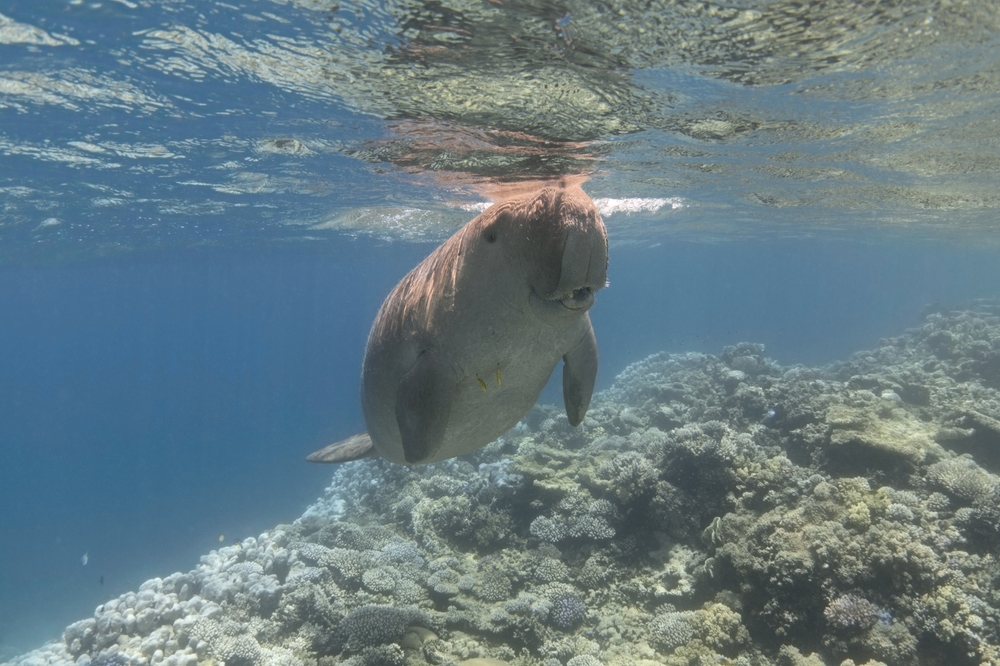Ranji Jhansi Marine Overview
Ranji Jhansi Marine National Park, also known locally as Rani Jhansi Marine National Park, is a magnificent protected area situated in the Andaman and Nicobar Islands of India. Encompassing approximately 96 square miles (249 square kilometers), this park is located near the southern tip of the Ritchie’s Archipelago, a group of islands in the Bay of Bengal. Its geographical coordinates place it close to the Havelock and Neil Islands, making it a prime destination for marine biodiversity enthusiasts.
The park’s terrain is primarily defined by its pristine coral reefs, crystal-clear lagoons, and mangrove-lined coastlines. It features an array of submerged ecosystems and vibrant seascapes, with soft white sands bordering the azure waters. The coral reefs here are among the most spectacular in India, featuring intricate formations and serving as habitats for an abundance of marine life. The lush mangroves act as vital nurseries for young marine species and create a striking contrast with the sparkling blue ocean. The surrounding islands are thickly forested with tropical vegetation, including native species like Andaman redwood and padauk, adding a verdant touch to the scenery.
The wildlife of Ranji Jhansi Marine National Park is as diverse as its landscapes. The park is a haven for marine species, including the elusive dugong, also known as the “sea cow,” which serves as the flagship species of the region. Visitors might also encounter green sea turtles, hawksbill turtles, and olive ridley turtles that use the park’s shores as nesting grounds. Beneath the waves, vibrant schools of fish, including angelfish, clownfish, and parrotfish, thrive alongside starfish, sea cucumbers, and octopuses. The park is also home to a variety of bird species such as white-bellied sea eagles, herons, and kingfishers, which can be seen soaring above or perched along the mangrove shores.
The park is renowned for its coral reefs, which provide a unique snorkeling and scuba diving experience. These underwater adventures allow visitors to explore the mesmerizing aquatic world, including colorful coral gardens and an array of marine creatures. Additionally, kayaking through the mangrove forests offers an intimate way to appreciate the park’s tranquil beauty. For those who prefer to stay above water, glass-bottom boat rides are a popular way to observe the underwater world without getting wet.
Conservation is a critical aspect of Ranji Jhansi Marine National Park’s management. The park faces challenges such as coral bleaching caused by rising sea temperatures and the impact of human activities like fishing and tourism. However, ongoing efforts in coral reef restoration, turtle conservation programs, and regulated tourism have yielded successes. The management works closely with local communities to promote sustainable practices and preserve the unique marine ecosystem.










































































